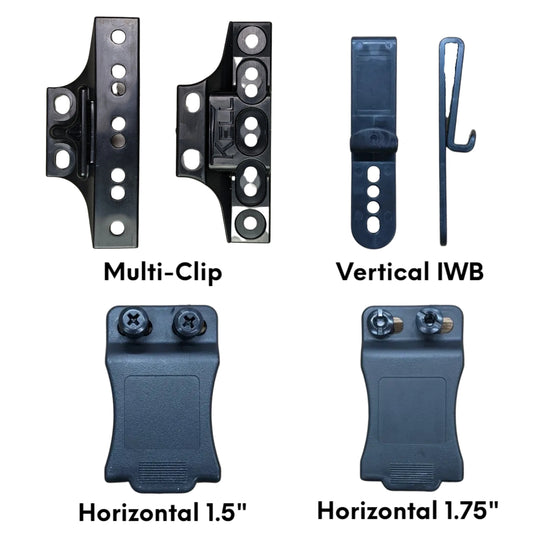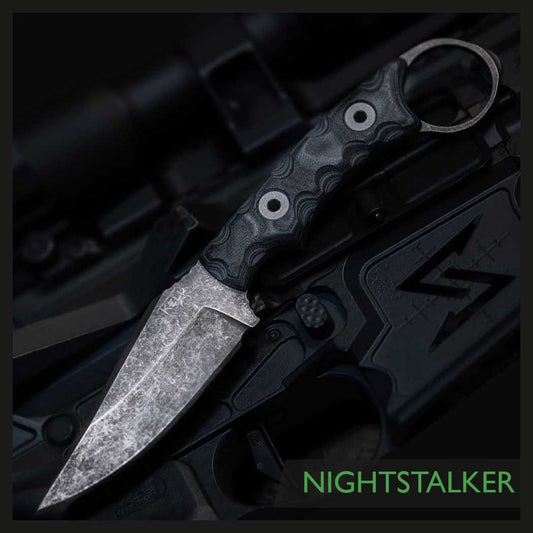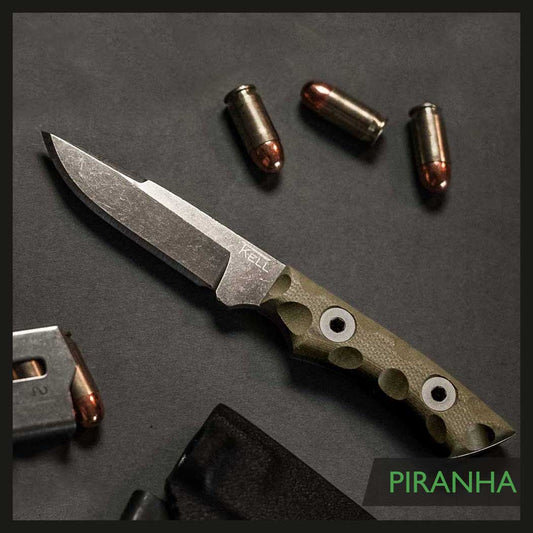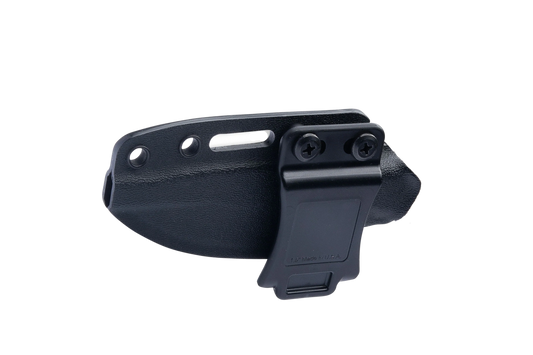Learning how to fight with a knife can be vital for self-protection. This guide explores key knife skills for fighting, including important legal points, choosing the right knife, and strong tactics. This information is crucial for tackling dangerous situations effectively.
It counters false ideas with real-life examples and shares expert advice. It stresses the need for proper training, learning from professionals, and lots of practice. This ensures you're safe and act responsibly.
Understanding the Basics
Starting to master knife fighting means knowing the essentials. First, choose the right knife. It's also key to understand the laws around owning a knife. You need to be physically ready and know the rules for knife self-defense.
Choosing the Right Knife
Learning how to use a combat knife focuses on picking the best one. Your knife should match your hand, style, and need for upkeep. Choosing a knife that feels right and suits your methods boosts your skills. Keep your blade in good shape to avoid issues when you need it most.
Legal Considerations
Knowing the legal aspects of knife fighting is critical. Knife laws differ between places, so it's essential to understand local and national rules. This information is key for staying out of legal trouble and being a responsible knife owner.
Any training on how to learn knife fighting should include the law. It's vital for being able to defend yourself legally.
Gripping Techniques for Knife Fighting
Learning how to hold a knife is key in knife fighting. Your grip matters a lot, whether you fight far or up close. It affects how well you control, reach, and move with your knife. With a good stance and the right grip, you can fight better in any situation.
Hammer Grip
The hammer grip is great for many situations, especially fights that are not too close. You hold the knife like a hammer for a strong hold. This grip is good for hitting hard or blocking well. Make sure you stand right and can move quickly when using this grip.
Ice Pick Grip
The ice pick grip is best for close fights. You hold the knife the other way, letting the blade come out from your fist's bottom. This way, you can stab down hard and keep control in small areas. It takes practice to use the ice pick grip well. But, learning it adds to your skills in different fight settings.
How to Fight with a Knife
Learning knife combat involves both defense and offense. It's about knowing where to move and how, turning threats into advantages. By mastering these skills, one can effectively protect themselves.
Defensive Tactics
Maintaining a strong defense is key in knife fighting. A good stance is crucial for balance and quick movements. Defensive moves like parrying and arm control help keep you safe.
It's also important to use your knife and free hand together. This way, you can both defend and counterattack. Such a strategy offers multiple levels of protection.
Offensive Moves
Being able to strike first is important in knife combat. You should know how to disarm or stop an attacker quickly. Techniques like cutting to scare off an enemy or stabbing precisely are critical.
Besides knife strikes, using your elbows and knees is part of a solid offense. This mix of attacks keeps you in control. It ensures your self-defense methods are strong.
Situational Awareness and Assessing the Threat
In knife fighting, knowing what's around you is vital for self-defense. Being aware of your surroundings and spotting danger can keep you safe. To handle a knife better, learn to pick up on dangerous situations and understand what an attacker might do next.
Reading the Attacker
Watching how an attacker moves and acts can tell you a lot. Things like sudden posture changes and where they look can hint at their plans. Being alert helps you see attacks coming, which lets you respond effectively. This gives you an edge, helping you in dangerous moments.
Movement and Positioning
In knife combat, how you move and stand is key. Moving carefully and staying in the right spot can help control the fight. Always keep the knife facing the danger and use your feet to keep the fight in your favor. Being active in your movements improves your defense, preparing you for a response.
Training and Practice
Being dedicated to training is key to mastering knife fighting. To get good at it, you need to study and practice a lot. It's important to learn from those who really know, like experienced teachers.
Training with a partner is super important. It helps you get better faster. You should do drills and practice fighting with each other. This makes you better at fighting with a knife, both attacking and defending.
Choosing the right training is also vital. Look for programs that have a clear plan for getting better. They should have lots of ways to practice. And always remember, getting good is all about practicing a lot.
Common Mistakes to Avoid
When you learn to fight with a knife, avoiding mistakes is vital for your safety. Using the wrong kind of knife is a big error. While a folding knife is handy, a fixed blade for combat is better. It offers more stability and control in fighting situations.
Using the Wrong Knife
Picking the wrong knife can lead to problems. You must know what each knife type is for. A fixed blade knife is tough and easy to reach, which makes it better for fighting. Unlike folding knives, they won't break as easily under stress. Choosing the right knife is key for self-defense, making you ready for anything.
Improper Grip and Stance
Getting your grip and stance wrong is a common mistake when using a knife. The wrong hold or stand can make your moves weak and put you at risk. Using the correct knife grip, like the hammer or ice pick, keeps you in control. And the right stance improves your balance and readiness to act fast. Learning the correct methods from experts helps avoid these errors.
FAQ
How do I choose the right knife for self-defense?
Choosing a good knife for self-defense is tied to your hand size and how you fight. It's crucial that your knife fits your hand well and is properly maintained. This ensures you can rely on it in a fight.
What are the legal considerations regarding knife ownership and carry regulations?
Laws on owning knives and where you can carry them change from place to place. Make sure you know your local and national knife laws. This will keep you legal and able to defend yourself.
What are the most effective gripping techniques for knife fighting?
For knife fighting, two grips stand out. The hammer grip works well for fighting at different distances. Meanwhile, the ice pick grip is best for up-close fights.
What are key defensive tactics in knife fighting?
Good defense in knife fighting starts with how you position your body. It also involves blocking attacks and taking control of your opponent's weapon arm. Knowing how to stop an attack or take their weapon is also important.
What offensive moves should I focus on in knife fighting?
When on the attack in knife fighting, aim to disarm or stop your opponent. This means using the right techniques and strikes. Being well-prepared defensively is essential.
How important is situational awareness in knife fighting?
Being aware of your surroundings is key in avoiding danger and understanding your opponent's plans. This means knowing what they can do, how they move, and staying ahead in the fight.
What is the best way to train and practice knife fighting?
Getting good at knife fighting needs both study and hands-on learning. Look for good training and practice regularly. This mix helps you get better and better.
What are common mistakes to avoid in knife fighting?
Avoid mistakes like using the wrong knife, bad grips, and fighting stands. In combat, a fixed blade is usually better than a folding knife. Having the right grip and stance improves your control and movement.







